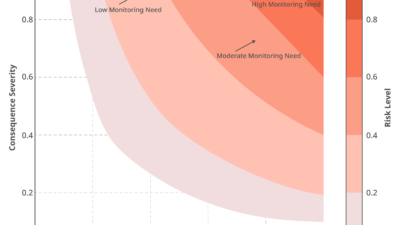Harry Moser, the President of the Reshoring Initiative, claims that manufacturing is on its way back and that rising wages in China could help accelerate this movement.
Harry Moser, President of the Reshoring Initiative, made his case for bringing back manufacturing back to the United States.
“The concept of reshoring and near-shoring (manufacturing in neighboring countries) is equally viable all over the world,” Moser said. He used Brazil as an example of this model and how manufacturing should start in the home country and expand to the region. In the United States’ case, it would include Costa Rica, Mexico, and Canada.
Part of the reason, Moser says, that companies are starting to bring back jobs to the U.S. is that many companies are not making as much money as they used to in foreign countries—particularly in China—after the total cost of ownership (TCO) is calculated.
“60% of manufacturers, when calculating costs, use rudimentary tools and don’t see the whole benefit,” Moser said.
Most companies, he said, were more focused on wage rate and less focused on hidden costs like intellectual property, import/export costs, and potential shortages against demand because of unpredictable variables like shipping.
“Who brings the work back? Those who have felt the pain,” Moser said. “Companies that were making a profit at the start and then realized they weren’t making as much shipping their work overseas and weren’t willing to put up with the hassles of calling Asia at midnight all the time and dealing with the logistical challenges.”
50,000 manufacturing jobs have been restored since January 2010, which was the low point for the manufacturing industry. A total of 100,000 jobs (including those affected by manufacturing additions) have been added in the last 30 months.
Moser believes if more companies apply TCO, increase the quality of U.S. training, China wages continue to rise, and overseas currency manipulation ends, that a total of 3,000,000 manufacturing jobs could be restored and 6,000,000 overall.
“It would wipe out the trade deficit ($600 billion estimated) and it would bring back a lot of quality jobs to the United States.”



